What comes to mind when you think of an armed outdoorsman?
It’s probably a man carrying a rifle, striding into the wilderness like you’d see in an old Winchester advertisement. That image almost always includes a single firearm.
I don’t think that’s a good idea.
Every hunter should have some sort of backup, whether to increase their chances of success or to provide self-defense.
A partner can provide this backup. But even when hunting with a partner, you may be alone and in need of something other than your main rifle. A handgun is light enough to not weigh you down but will provide great utility if you find yourself needing to use it.
So, when will you need to use that spare gun?
And how can you best carry that gun?
Why Carry a Handgun While Hunting?
Well, so you’ll have the advantages of a handgun, of course.
Rifles are great, but they aren’t good for everything. Especially hunting rifles, which are designed for slow accuracy.
There are two main reasons to carry a pistol or revolver while hunting (or fishing, or trapping, or … you get the idea):
- Self defense
- As a backup hunting weapon
Those are generally self-explanatory, but if you need some more convincing, continue reading.
For Self Defense
Many of you surely carry a pistol for self-defense all the time. Why not in the woods? You may think your rifle is good enough for self-defense, but that’s not always the case.
A rifle is perfect for medium- to long-range shots. Chances are you’ll have a scope with at least 3x magnification, if not more. Also, a rifle requires two hands to use. So, what if you need to take a close-range shot or are surprised by a bear while you’re field dressing a deer?
Bears in hunting areas sometimes learn to associate gunshots with delicious deer carcasses. A friend of mine was hunting in Alaska and shot a deer.
While he was cleaning the deer, a black bear arrived and became aggressive. He had to shoot it. While he was cleaning that black bear, a second black bear arrived. My friend had to shoot that one as well.
Because he was elbow-deep in an animal both times a bear surprised him, he couldn’t reach his rifle in time. His .44 magnum let him get home instead of being a hungry bear’s lunch.
And that’s without saying anything about two-legged predators …
As a Backup Gun
Another reason to carry a sidearm is to complement your hunting rifle.
If you’re stalking, you’ll have your rifle at the ready and will be able to take a shot within seconds. Same for when you’re in the hunting stand.
But what about the long trek to and from your hunting location?
It’s often wise to carry your rifle in a safe location that allows both hands to be free. This might be slung on your back or in a hunting backpack’s rifle pocket. You can hike long distances with less fatigue that way, especially if trekking through difficult terrain.
But what if you come across a deer in your path?
Drawing your rifle from your back is slow, noisy, and likely to spook the deer. But if you have a hunting handgun, you may be able to silently draw, take aim, and fire.
Also, modern rifles are reliable pieces of equipment. But they are not infallible. A backup revolver will let you take your dream animal even if your rifle fails to fire.
A backup gun is doubly important when you want to hunt multiple species at once. Bear and deer require different ammo choices to put down quickly. If you carry a rifle and a pistol, you can bring one as a bear gun and one as a deer gun.
How to Carry a Handgun While Hunting
Concealing a handgun is a tradeoff between comfort, ease-of-draw, and concealment.
Good news!
When hunting, you can ignore concealment completely. This lets you choose the most comfortable holster you can that’s also easy to draw from. Hip holsters are more than acceptable. However, for hunting, I prefer a chest holster.
I don’t mean shoulder holsters, which hold the gun under your arms (though those can be fine too). I mean a holster which holds the gun in front of your chest, typically at a 45-degree angle.
I find that this type of holster is more comfortable than hip holsters when out in the woods. They catch fewer bushes and aren’t in the way of a good backpack’s hip belt.
Then, when you need to use your hunting pistol or revolver, you’ll have a fast draw that’s already halfway into your shooting stance.
Retention
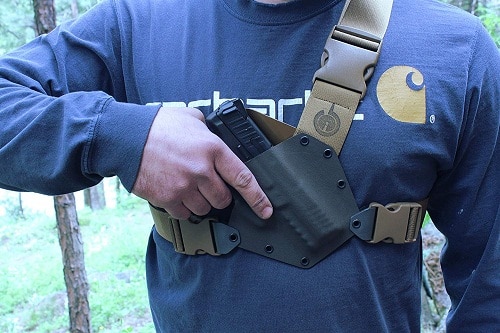
There is an important caveat here.
You need to make sure your hunting handgun’s holster has good retention while having a soundless draw. Hunting sometimes entails climbing and passing through dense brush. You don’t want your handgun to fall out as you clamber over a log!
However, you also want to avoid noisy Velcro. A snap might work but can still cause noise. The best options are a holster with a buckle, which can be opened quietly with some practice, or a tightly-formed Kydex holster.
The Kenai Chest Holster by GunfightersINC is an excellent choice. It’s comfortable, retains the gun well without a retention strap, and has a very quiet draw.
Good chest holsters are not cheap, but they won’t fail and cause you to lose your gun when you’re miles into the wilderness. This turns your handgun from a “sidearm” to a “chestarm,” which is even more convenient while hunting.
Choosing Handgun Ammo
Now, if you’re going to carry a sidearm while hunting, you need to load it with the right ammo.
Carrying a .380 into the woods is not a good idea. City threats are different from wilderness threats.
So, how do you pick the right hunting pistol or revolver?
The Right Caliber
First of all, many states specify legal hunting calibers.
Often, it’s a minimum, so you need to carry a handgun chambered for a larger caliber. Most will be cartridges intended for revolvers, though there are some good semi-auto hunting cartridges as well.
Here I’ll be talking about big game, deer-sized and larger.
Revolver Cartridges
.357 Magnum and .44 Magnum are popular hunting revolver cartridges. You can stop a black bear with .357 with the right bullets, though the bigger calibers are better for defense against bigger animals, such as brown bears.
I carried a .357 Magnum revolver in Alaska to good effect, though I wasn’t in grizzly country.
Other choices include .41 Remington Magnum, .454 Casull, and .480 Ruger.
Check out the new .22 revolver from Diamondback Firearms, The Sidekick.
Semi-Auto Cartridges
If you want to carry a semi-automatic pistol hunting, you have fewer ethical choices.
The most common pistol cartridges—9 mm, .40 S&W, and .45 ACP—are all marginally effective against deer (at best!) and should not be carried if you’re concerned about being attacked by any animal larger than a coyote.
The two best semi-auto choices today are the .357 Sig and 10 mm Auto. Those are both high-powered, high-recoil cartridges which can put down a game animal.
The .357 Sig is basically a semi-auto .357 Magnum. 10 mm Auto is more powerful still. If I were to carry a pistol hunting, I would carry one in 10 mm.
Bullet Type
When you’re in the woods, the predators you’re most likely to need to defend against are bears. Bears are large and have dense bones that love to shrug off bullet impacts.
Unless you’re carrying in an area without any bears, you should load your handgun with ammo capable of putting them down.
Pistol cartridges have inherently less penetration than rifle rounds, so this means you need hard-cast bullets that are heavy for the caliber.
These bullets are more likely to penetrate deep into a heavy animal, which increases the odds of hitting the central nervous system, taking out a vital organ, or breaking structural bones that would stop most bullets.
Will they be uncomfortable to shoot, with large amounts of recoil? Yes. But they’ll be much more likely to break a bear’s shoulder blade than hollow points.
Check Your Local Laws
Above all, you need to pay attention to your local laws and follow them.
Some states allow you to carry self-defense handguns while hunting and fishing, provided you don’t intend to use them to take game animals. Oregon is one of these states, last I checked.
This can allow you to carry a pistol even during archery or muzzle-loading seasons. Sometimes.
Other states require all firearms you carry to comply with the legal hunting requirements.
Keep in mind that regulations may change from season to season, too. What’s legal to carry during centerfire season may not be legal to carry during archery season.
You don’t want to run into a game warden while illegally carrying a handgun!
Conclusion
Many hunters enter the woods with one weapon: their hunting rifle.
This is good enough 99% of the time, but that 1% can bite you worse than a copperhead snake.
Carrying a hunting handgun can cover situations not suitable for a hunting rifle, such as self-defense or a surprise visit by a game animal when your rifle is out of reach.
So long as you have a good holster and follow all relevant laws, carrying a hunting handgun will provide you with peace of mind.
And, who knows?
It may even let you take that trophy deer you would have otherwise missed!
Recommended:

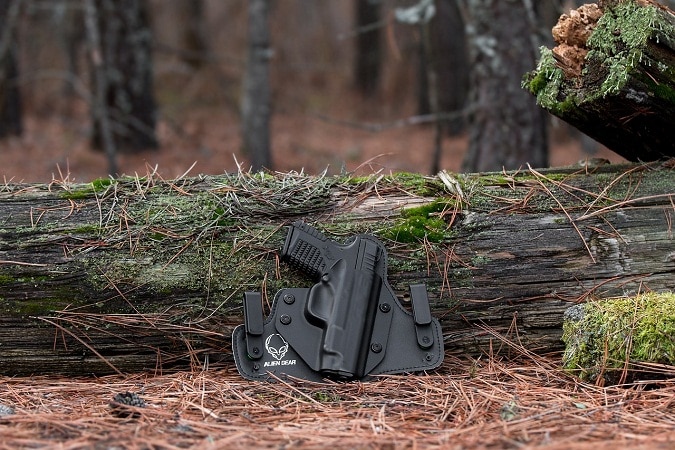
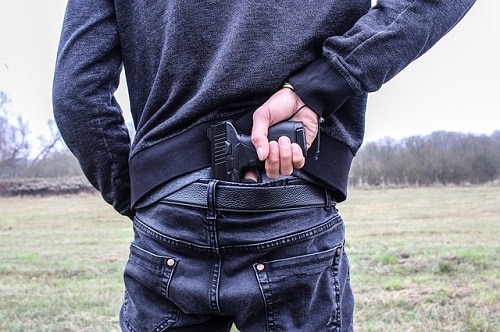
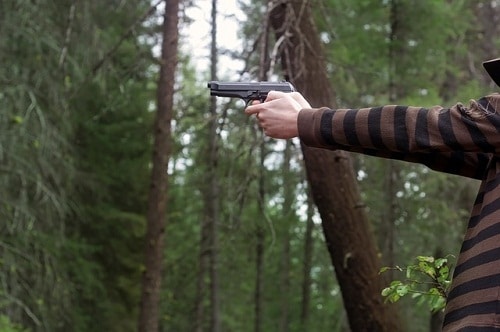
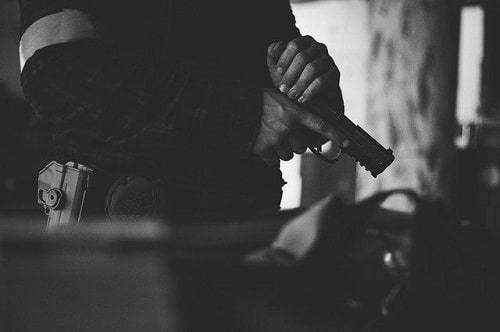
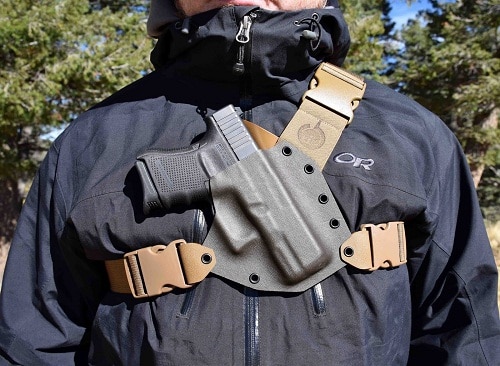
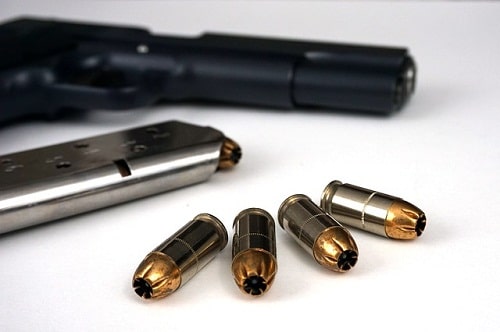
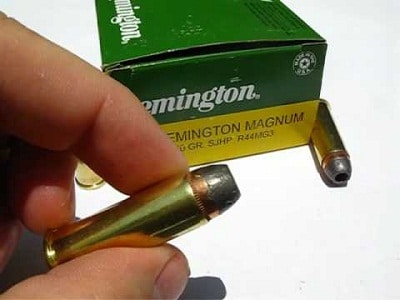
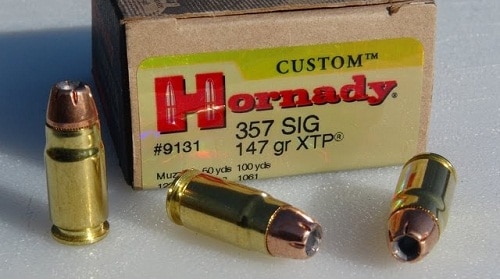
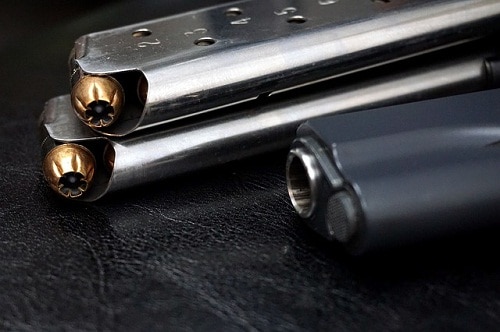
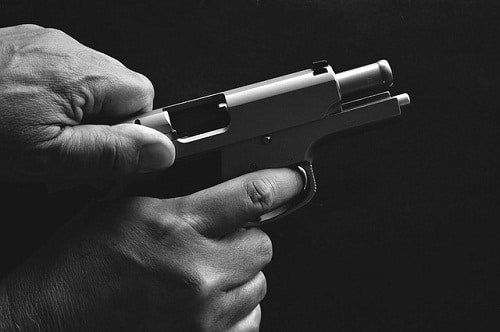
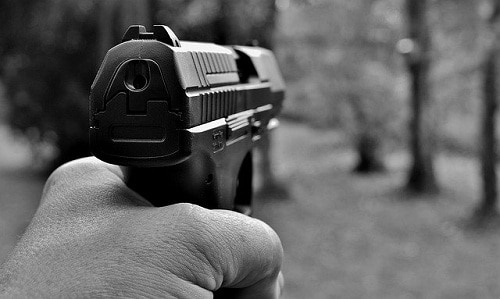
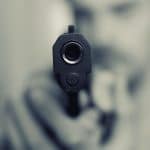
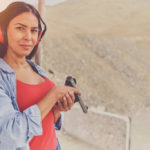


Comments are closed.